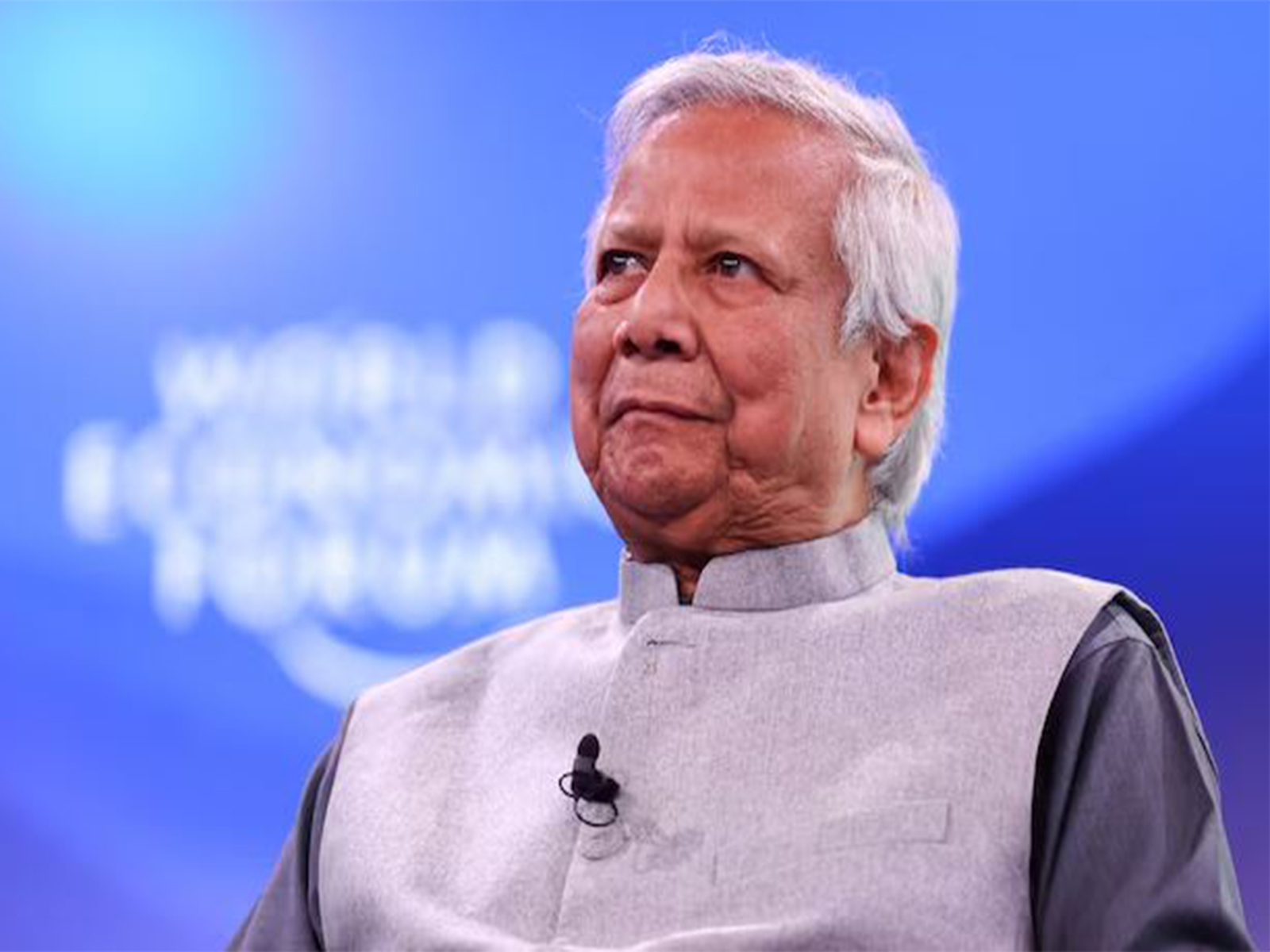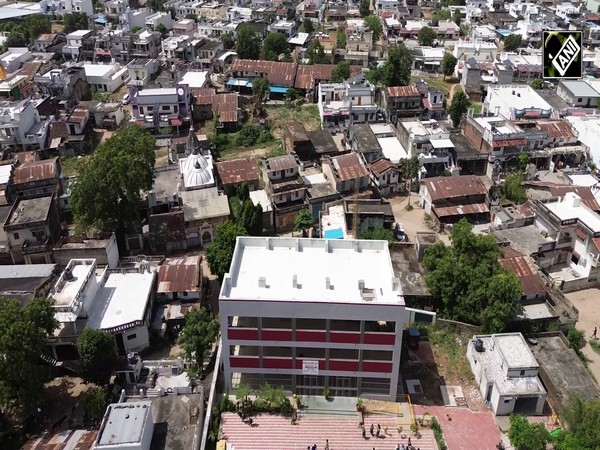China held around 100 military drills in 6 months near LAC: report
Jun 28, 2021

New Delhi [India], June 29 : Amid an apparent lack of progress on disengagement from some friction points along LAC in Ladakh, China's People's Liberation Army (PLA) has conducted over 100 drills this year close to the border in the Tibet region.
Moreover, China last week started a bullet train service between Tibet's capital Lhasa and Nyingchi, a strategically located border town opposite India's Arunachal Pradesh.
According to The EurAsian Times, these developments show, despite the February disengagement in the Pangong Tso, China carries on with its concerted efforts to expand its military capabilities along the disputed Himalayan border.
The report stated that China increased its presence along the border following the Galwan Valley incident in June last year.
Despite the COVID-19 pandemic, Chinese military operations had continued, including a high-altitude drill involving more than 1,000 troops from 20 units earlier this month. The drills were conducted in Tibet Autonomous Region, with the intention to boost Chinese troops' combat capabilities in extreme weather conditions.
"China has rapidly improved infrastructure in areas close to the Line of Actual Control, its de facto border with India," said Jayanta Kalita, Editor of The Eurasian Times. "It has expanded the railway network connecting the remote parts of Tibet with mainland China, a move to assert Beijing sovereignty and supremacy and counter Western narrative in support of the Tibetans' right to self-determination."
Last week, the Minister of External Affairs (MEA) said that the Chinese actions over the last year, including amassing a large number of troops close to border areas in Ladakh and trying to unilaterally alter the status quo along the LAC have seriously disturbed peace and tranquillity in the border areas.
The 22nd meeting of the Working Mechanism for Consultation and Coordination on India-China Border Affairs (WMCC) was held between the two sides last Friday.
At the meeting, both sides decided to maintain "stability on the ground and prevent any untoward incident" in the border area in eastern Ladakh. The two sides agreed to maintain dialogue to reach a "mutually acceptable solution" for complete disengagement from all friction points.
India and China have been engaged in a military standoff at multiple friction points in eastern Ladakh since early May last year. However, the two sides completed the withdrawal of troops and weapons from the North and South banks of Pangong lake in February following a series of military and diplomatic talks.













